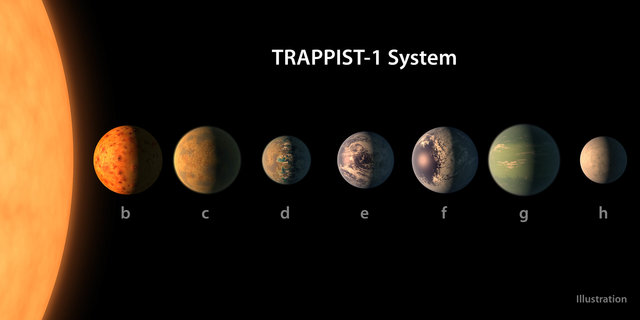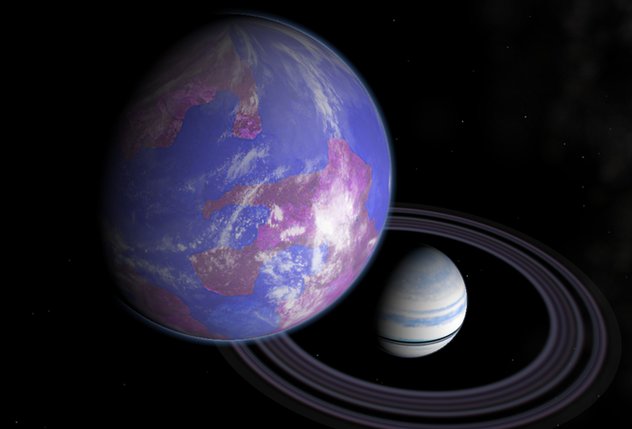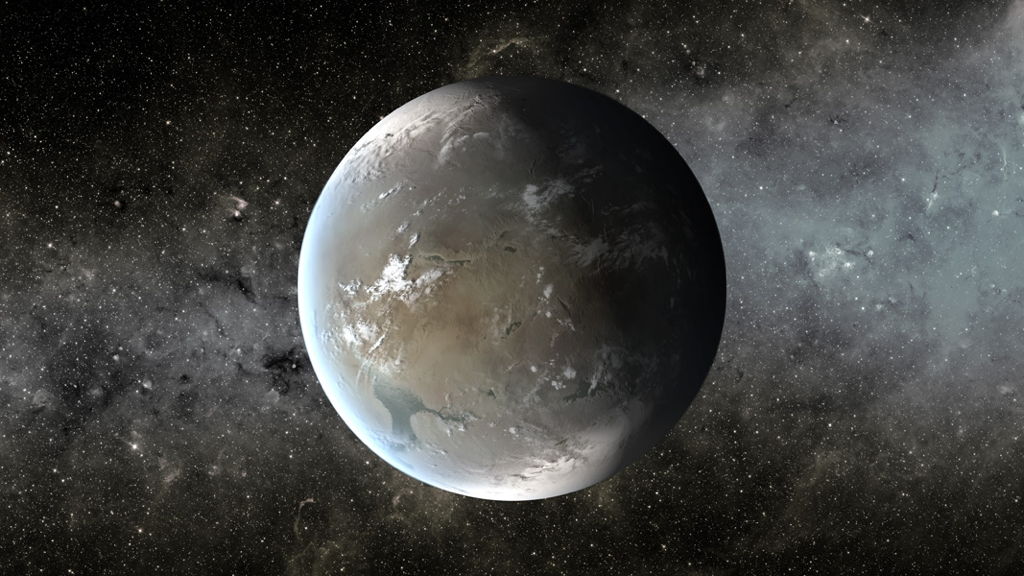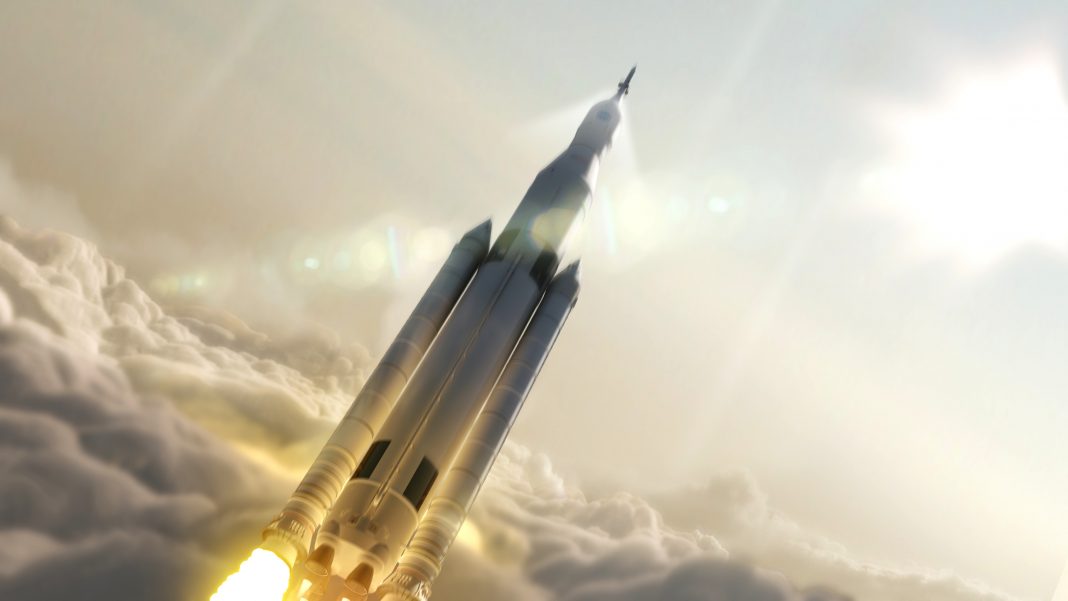A recent study has confirmed that it would be an impossibility for the planets in the TRAPPIST-1 system to have any large moons orbiting them. Although the discovery of the TRAPPIST-1 exoplanets was pretty amazing, it’s unlikely we’ll be finding any exomoons anytime soon even though we’re pretty sure they exist.
If we were to discover an exomoon, not only would it help us better understand our own planet, and may even be a sign of life elsewhere. Some experts suggest that the reason life arose on our planet is because the moon is so close in size to the Earth and that stabilized its axis rotation. However, others do not hold the same opinion and argue that the gravitational influence of other planets is enough to provide stability.

Earlier this year a study was carried out that searched for large moons in the TRAPPIST-1 system using observations from NASA’s Spitzer Space Telescope. The results from the study indicated that there were no large moons in orbit around any of TRAPPIST-1’s seven planets. Stephen Kane, author of the new paper and an associate professor of astronomy at San Francisco State University, said, “I have several publications now on exomoons, and for many years I’ve been thinking about how the ability of a planet to host a moon scales with the presence of nearby planets and proximity to the host star,” said Kane. “The discovery of the TRAPPIST-1 system prompted me to finally calculate whether or not planets in compact planetary systems can actually harbor moons.”
Kane also argued that it wasn’t fair for scientists to say the Earth’s habitability was all down to the moon because it’s the only habitable planet that we know of. But, we do also know that the moon does play a very important role for our planet in that it regulates our tidal pools. “The presence of the moon has helped to stabilize changes in the tilt of the Earth’s rotational axis, which in turn creates longer periods of climate stability,” confirmed Kane. “So although it’s difficult to say what the Earth would be like without the moon, we can certainly describe ways in which it has positively influenced our present environment.”
Following the experiment, Kane found that the planets of TRAPPIST-1 are so tightly packed together that the presence of large moons would be practically impossible. He confirmed, “The moon can only exist around a planet if it lies between these two boundaries: too close and it will be destroyed, too far away and it will escape the gravitational influence of the planet. The results of the study described in my paper show that, for most planets in compact planetary systems, the Hill radius and Roche limit are close enough to each other that there is no space in which a moon can exist and so such planets cannot have moons in orbit around them
Related Links;
- NASA Telescope Reveals Largest Batch of Earth-Size, Habitable-Zone Planets Around Single Star
- Worlds without Moons: Exomoon Constraints for Compact Planetary Systems
- TRAPPIST-1 Planets Have No Large Moons, Study Argues
More News to Read











